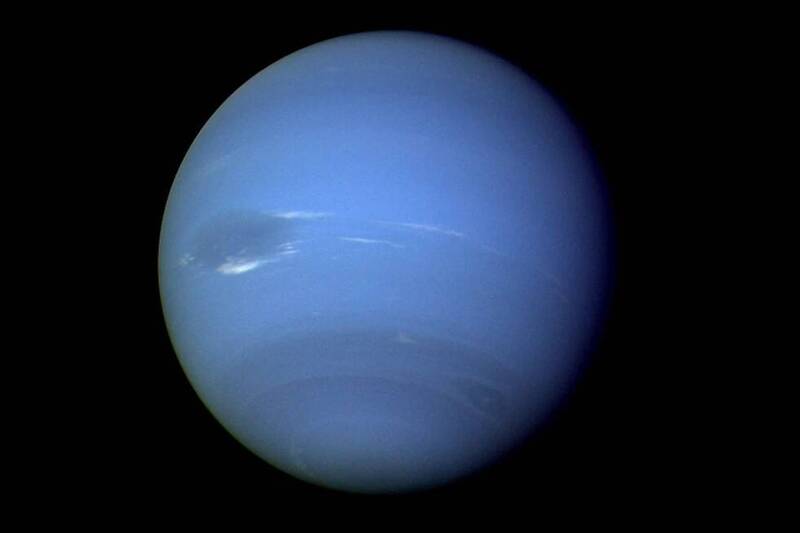News Flash: New Celestial Bodies Discovered in the Heisenberg Star System
February 25, 2024 – In a groundbreaking discovery, astronomers have identified three new celestial bodies in the Heisenberg star system, bringing the total number of known celestial bodies in the system to 16. This announcement was made by the renowned celestial expert Scott Sheppard at the Cornell University’s Observatory.
The newly discovered celestial bodies are said to have a significant impact on the understanding of the structure and evolution of the Heisenberg system. They are also expected to have a profound influence on future space exploration efforts.
According to Sheppard, one of the new celestial bodies in the Heisenberg system has the longest known orbital journey, spanning approximately 27 years to complete a cycle around the star. This celestial body, named S/2002 N5, orbits at a distance of 14 kilometers from its star.
The other newly discovered celestial body, located in the Heisenberg system, has a more elliptical orbit of approximately 23 kilometers from its star. After a 9-year orbit, it has been dubbed S/2002 N5 and is believed to represent a deity in the form of a sea god or a goddess.
Further research on the celestial bodies in the Heisenberg system is ongoing, with estimates suggesting that one of the new celestial bodies may be only 5 miles in diameter, making it the smallest known celestial body in the system so far. The orbit of this celestial body has been calculated to span 680 days.
All the newly discovered celestial bodies have elongated shapes and high eccentricities, indicating their potential to interact with the host planets in the system. This suggests that they may have formed not in situ, but have been captured by the gravitational pull of the giant ice planets, indicating a dynamic and vibrant celestial environment.
The discovery of these new celestial bodies opens up new avenues for research and exploration in the Heisenberg star system. Stay tuned for more updates on this exciting development.
